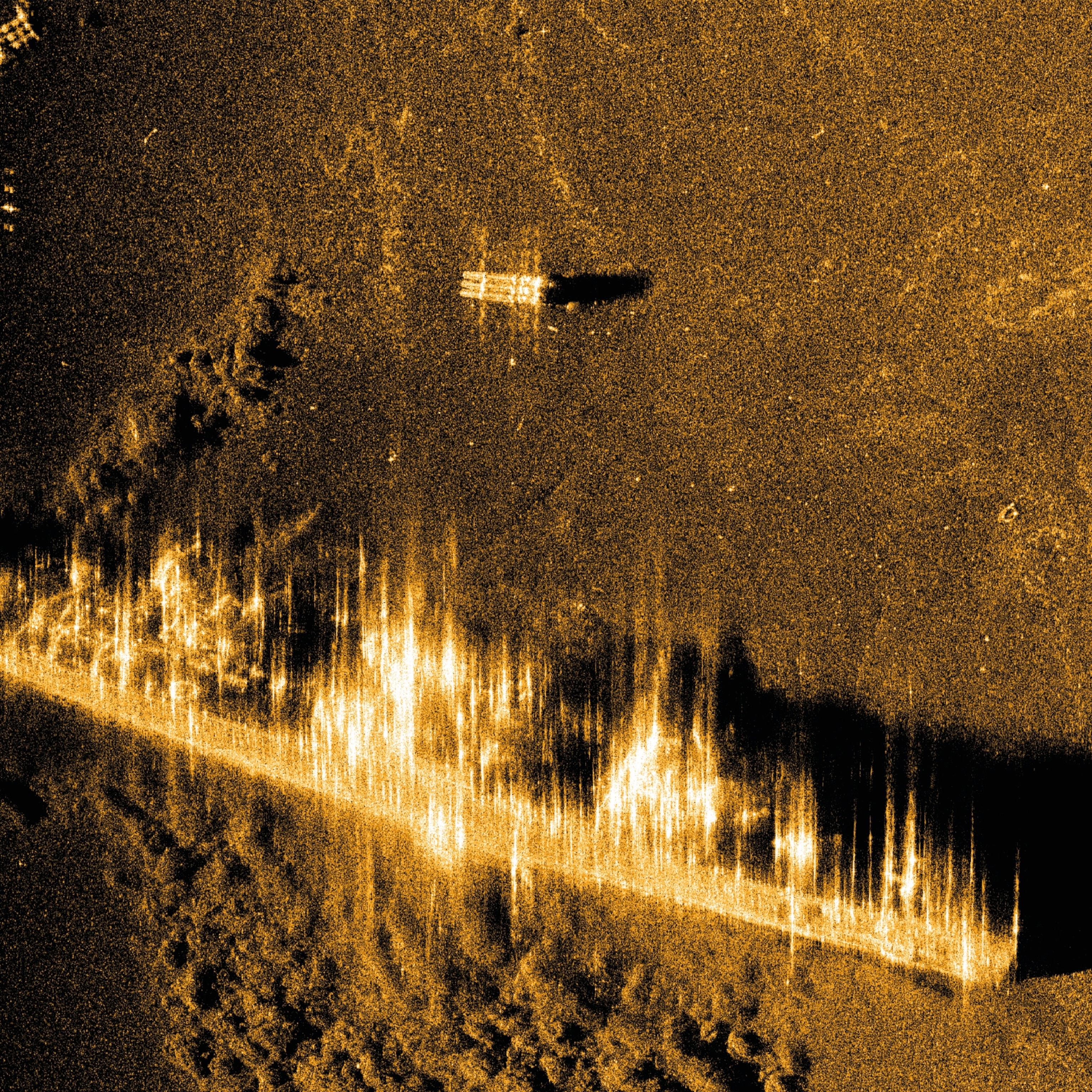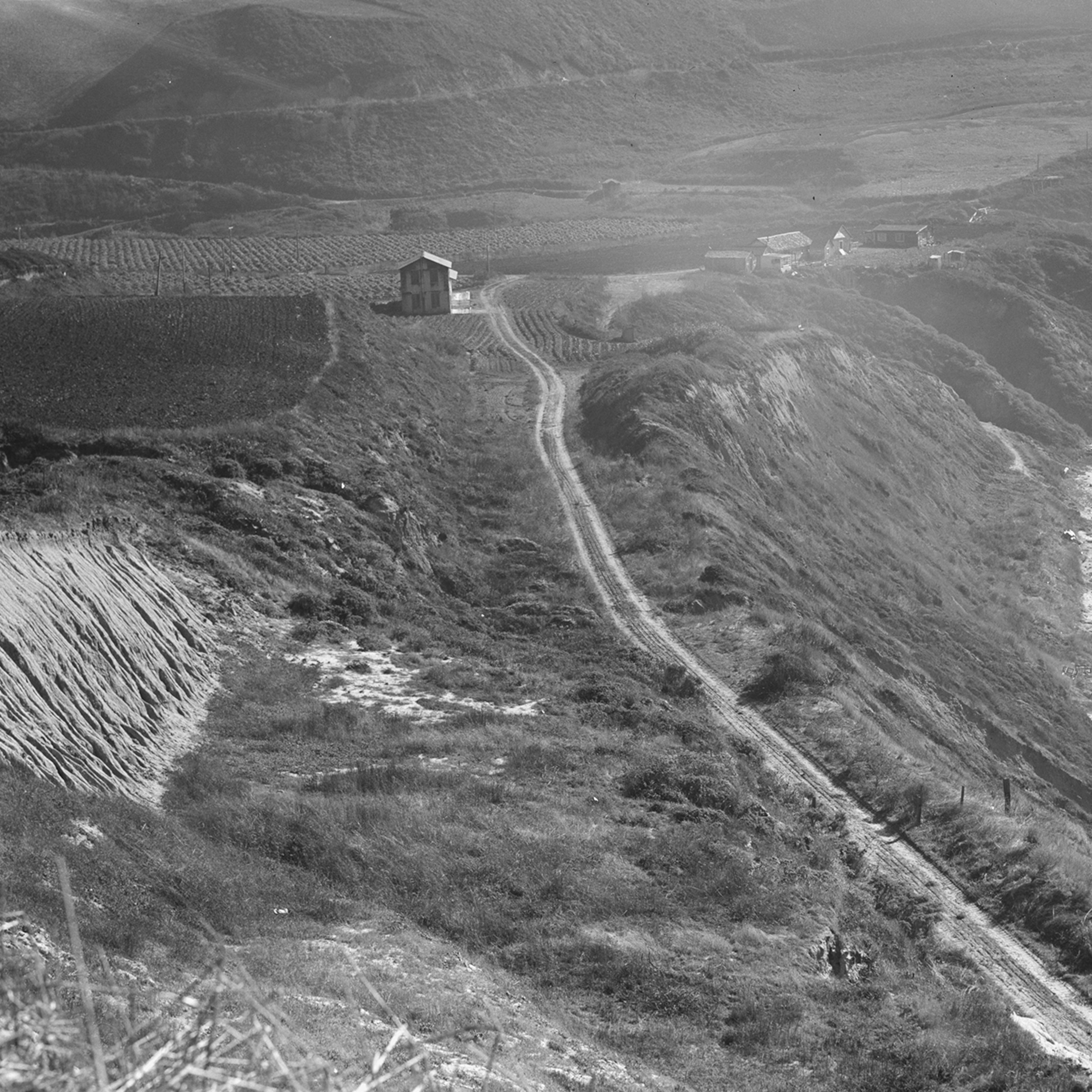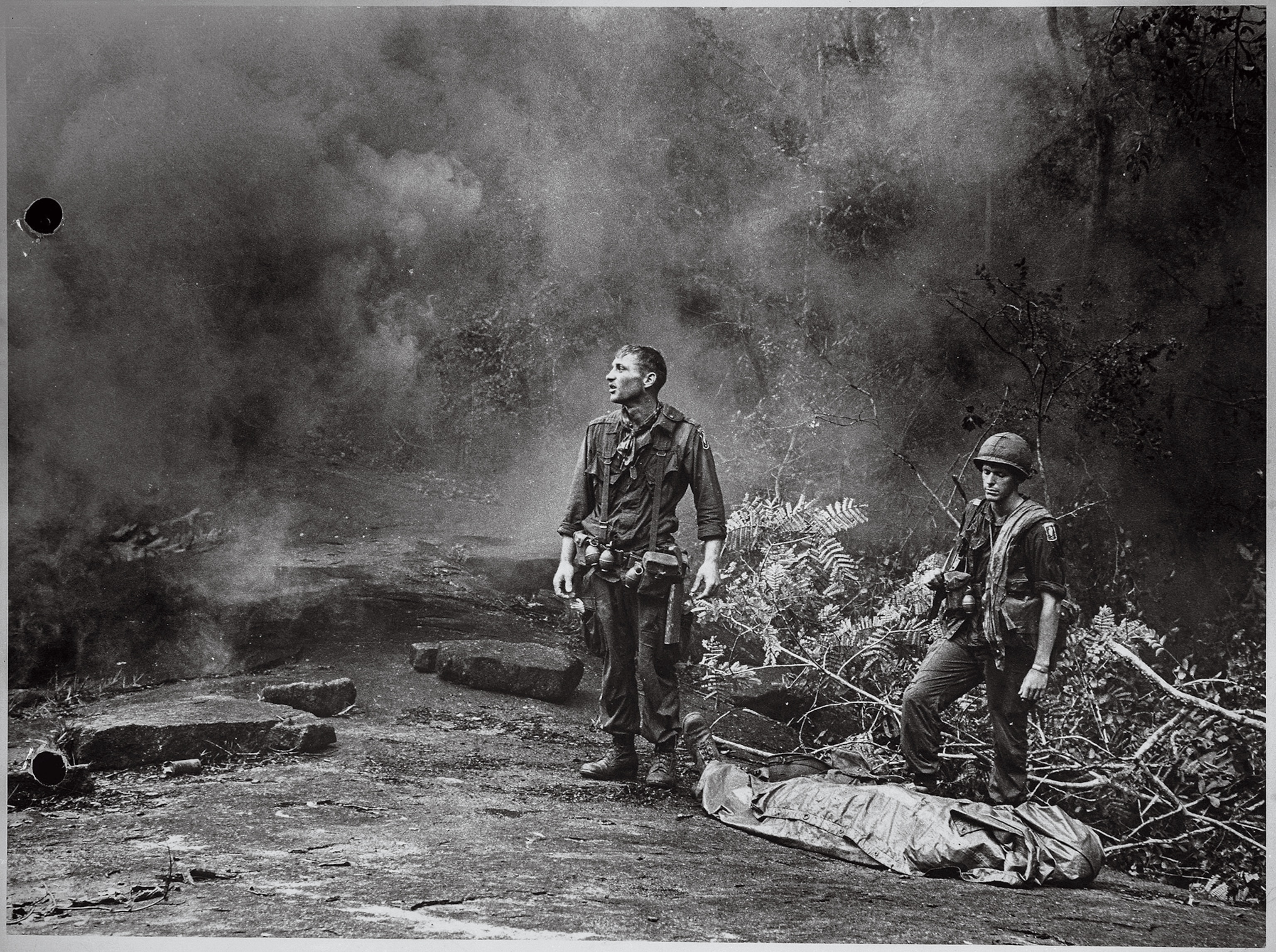
Why the Vietnam War dragged on for decades
This costly conflict spanned generations—and its brutal legacy endures. But why did the bloodshed go on for so long?
Millions of casualties. Years of bloody attrition warfare. When Vietnamese communists toppled French colonial rule in 1954 despite massive U.S. military aid, the Geneva Accords temporarily divided Vietnam into two zones until free elections could be held in 1956 to unify the country. However, those elections never happened. Within a few years, terrorism and firefights began. The ensuing civil war would last for two decades. But why? “It was not because [policymakers] were greatly confident that fighting on would lead to victory,” says Christian G. Appy, professor of history at the University of Massachusetts Amherst and the author of three books about the Vietnam War. Instead, the lengthy war hinged on factors like ideology, public sentiment, and the agendas of powerful individuals—with devastating results for North and South Vietnam and their allies. This Indochina war, the second after defeating the French, pitted North and South Vietnamese armies against each other, divided over leadership and politics. Soon, the conflict spread across several countries as a seemingly endless proxy war, exacting a bitter cost for all involved. Congress may not have made an official declaration, but in Vietnam this is called the “American War” or the “War Against the Americans to Save the Nation.”
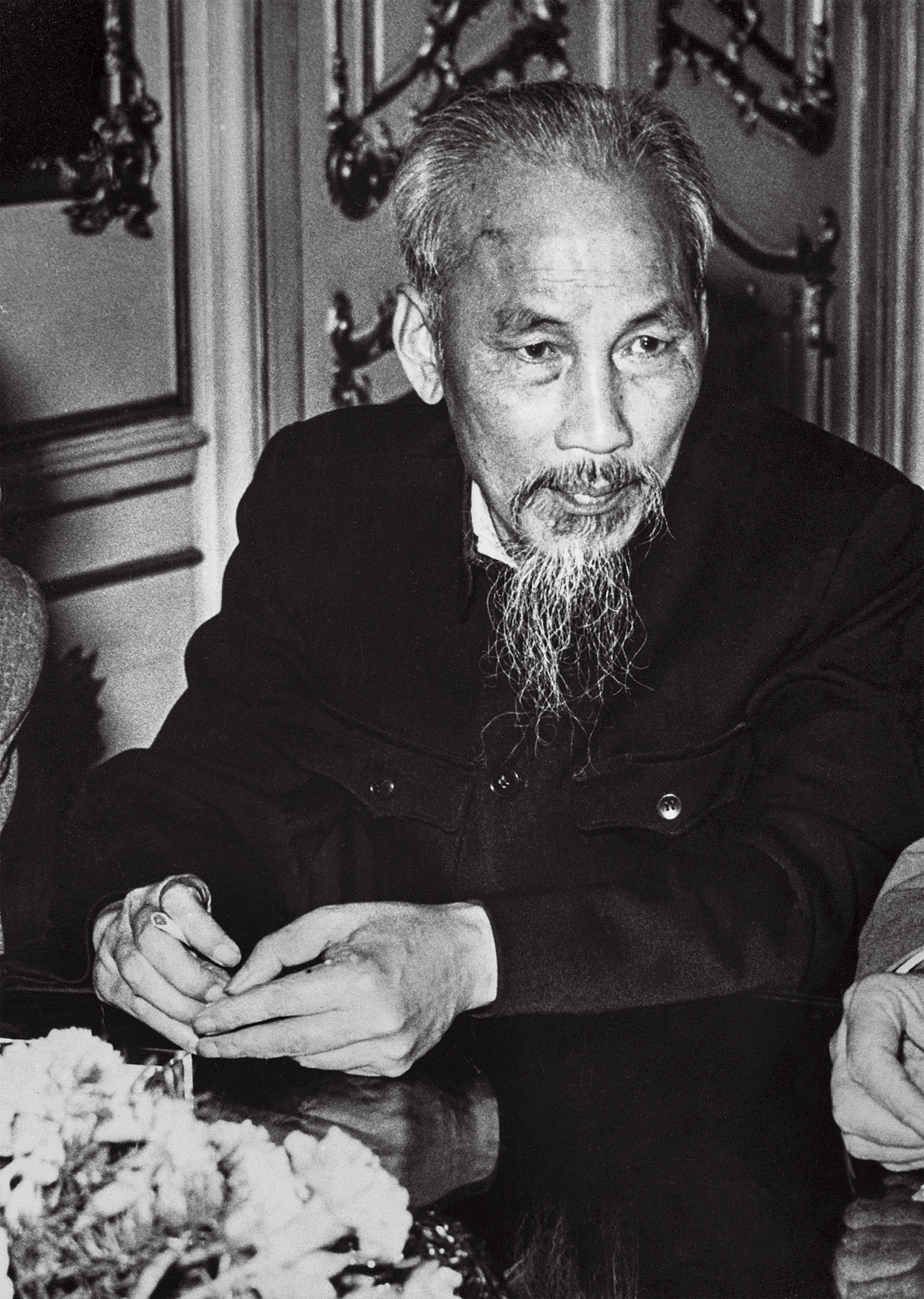
Cold war, clashing ideologies
Cold War ideology—the struggle between the opposing systems of capitalism and communism post-World War II—fueled the battle, with Vietnam split in two: the Democratic Republic of Vietnam (north) and the Republic of Vietnam (south). The North Vietnamese communist forces with their southern allies the Vietcong (a nickname derived from the term “Vietnamese communist” that was widely used to refer to members of the People’s Liberation Armed Forces or PLAF), were bolstered by support from the U.S.S.R. and China. South Vietnam was supported by the United States, France, and other anti-communist allies. Ho Chi Minh was president of North Vietnam from 1945 until his death in 1969. A longtime communist and revolutionary, he was resistant to all colonial powers. While many saw him as a champion for independence, others disapproved of his complicity in war crimes and the idolatry of him as a leader.

The domino theory
The U.S. feared that the founding of one communist nation would lead its neighbors to embrace communism too. This domino theory was used to justify the undeclared war, and the desire to contain communism fueled the ongoing U.S. investment. Appy acknowledges that from the start American leaders weren’t sure the war would be worth it. “As the Pentagon Papers made clear, policymakers were privately pessimistic,” says Appy, referring to the secret Department of Defense study whose 1971 leak helped strengthen public opinion against the war. Despite this, South Vietnam received an abundance of support from the West. American president Dwight D. Eisenhower personally greeted President Ngo Dinh Diem on his state visit in 1957. Eventually, Diem’s authoritarian tactics against his critics and discrimination against Buddhists led to protests, causing the U.S. to temporarily withdraw aid, enabling a coup to oust and assassinate Diem in 1963.
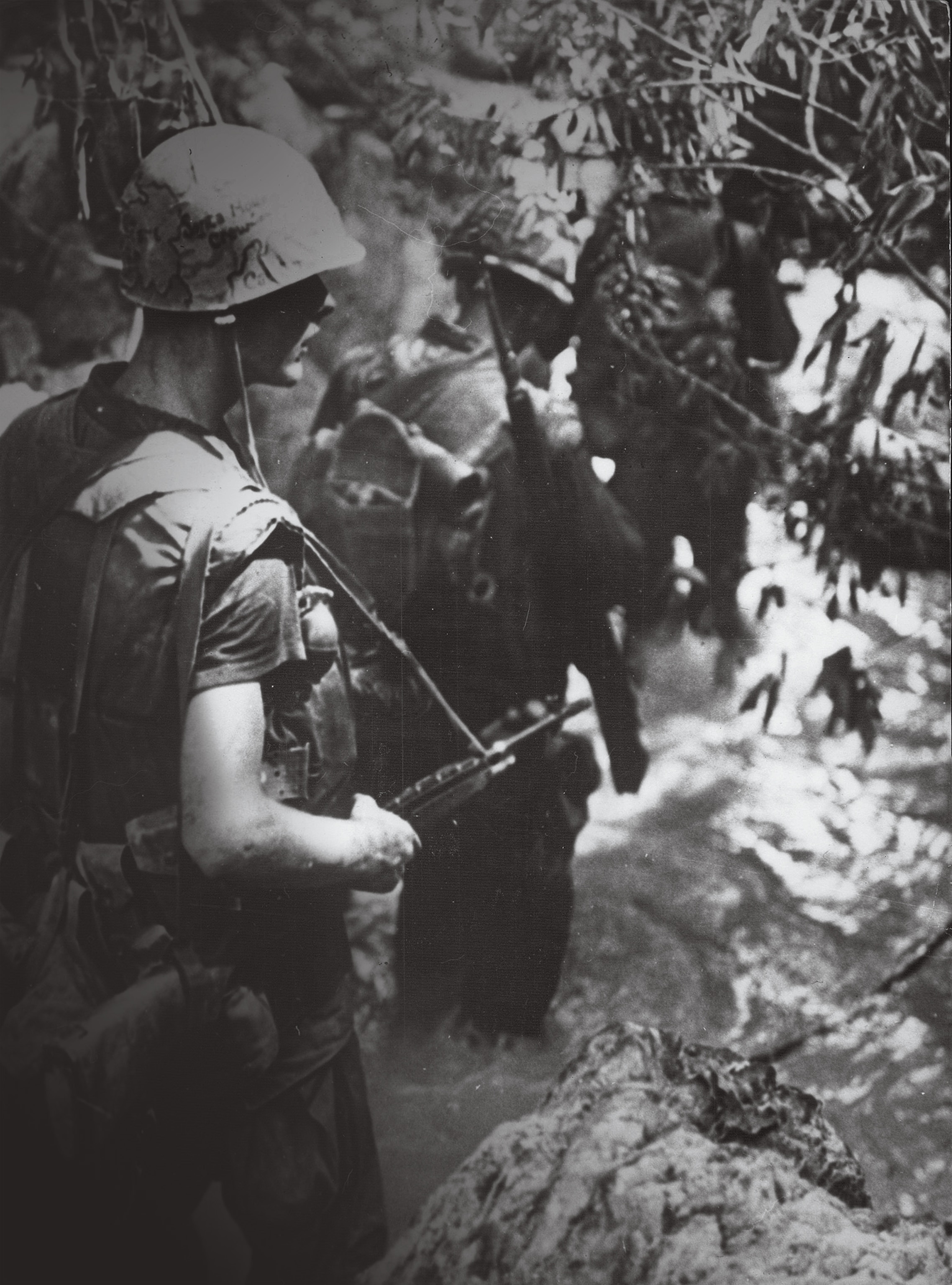

A different kind of war
The Vietnam War used tactics such as covert operations, guerrilla warfare, and an enemy that could be hard to identify in the field. North Vietnamese insurgents blended in with civilians, taking advantage of tangled jungle terrain and winning over locals. With both sides employing powerful military weapons, North Vietnam along with the Vietcong had local supply lines, tunnels infiltrating the South, and continual reinforcements. The North preferred surprise attacks and used terrorist tactics that targeted civilians. The result was a strategic nightmare for South Vietnam and its allies, who shared in the mounting casualties. America’s intelligence failures combined with the fall of Diem’s corrupt government in 1963 were catastrophic for South Vietnam.
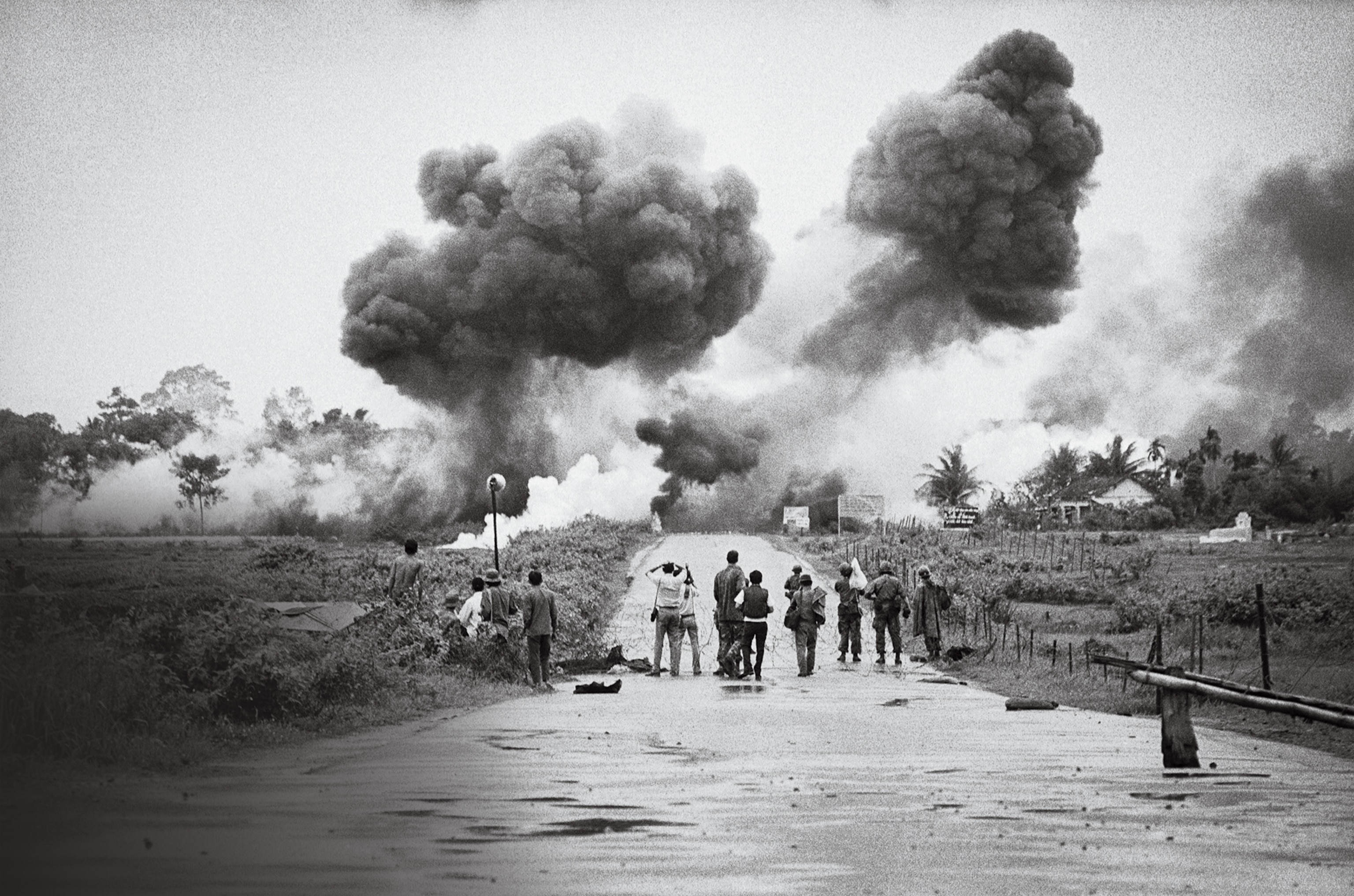
Digging in
“One president after another did not want to be the first American leader to lose a war,” Appy tells National Geographic History. “They chose to continue the killing to avoid being called losers.” Though fought far away, the war presented a challenge for policymakers at home, especially after the U.S. began drafting young men in 1964. As the U.S. increased bombing raids, employed brutal search and destroy tactics, and massacred civilians, public support for the war crashed. On the front lines, South Vietnamese troops had a seeming advantage over their northern counterparts, boasting more and better weaponry and superior training thanks to their Western allies, yet North Vietnam kept the advantage. By 1968, both sides were what seasoned news anchor Walter Cronkite called “mired in stalemate.” Was the war actually unwinnable?
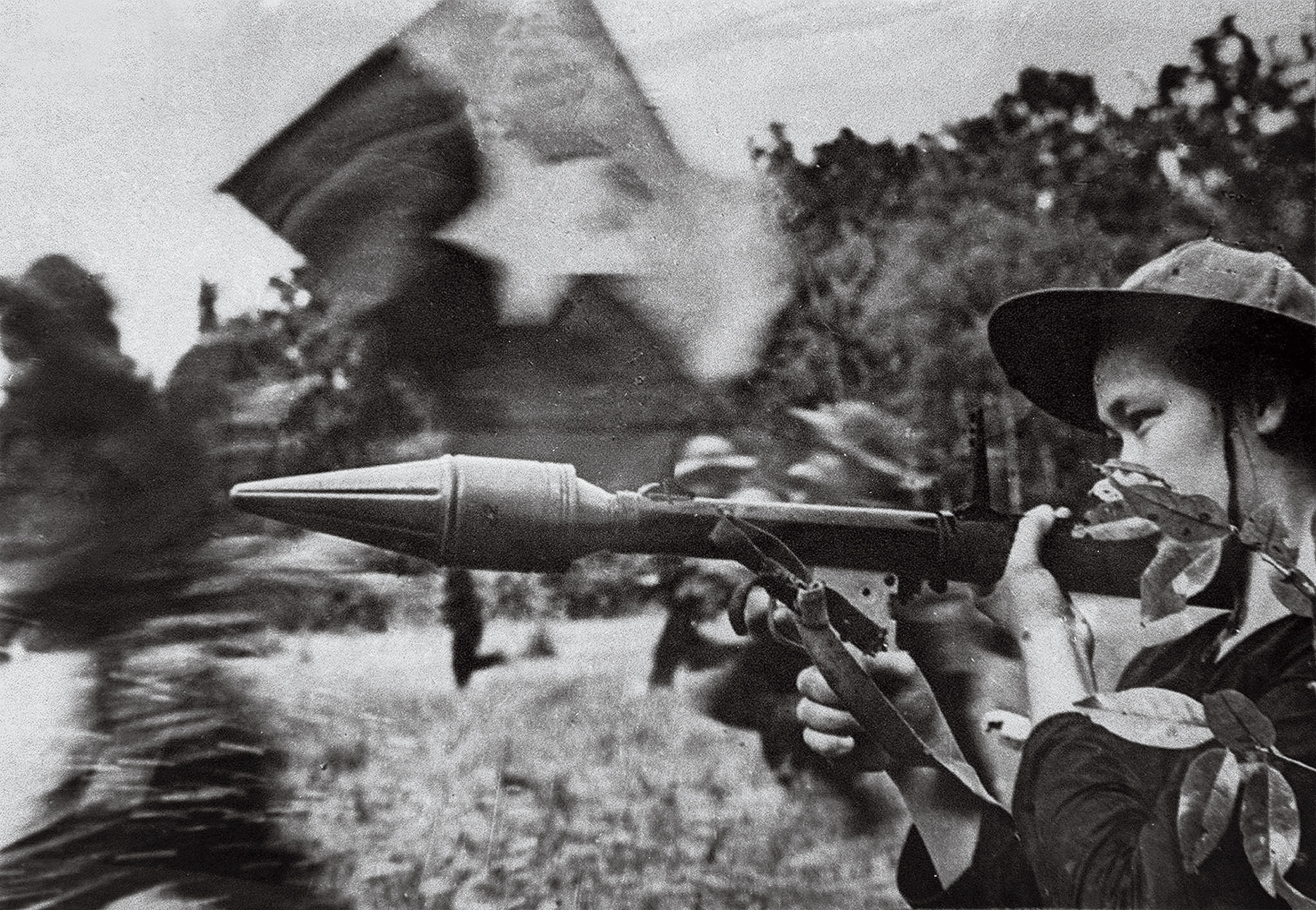
The Tet Offensive
In 1968, a series of surprise attacks now known as the Tet Offensive marked the beginning of the end. North Vietnamese forces managed to stage a coordinated onslaught across South Vietnam in the hopes of eking out a victory and breaking the stalemate. “The Tet Offensive demonstrated that the U.S. adversaries were determined as ever to force a U.S. withdrawal and reunite their country,” explains Appy. The American public had been told the war was nearly over, but the casualty numbers showed otherwise. After regrouping, the U.S. and South Vietnam decimated around 30,000 to 50,000 communist troops, but it was still a political victory for the North. The Tet Offensive was a turning point, says Appy—one that, like the rest of the conflict, had mixed results.

Protesting Vietnam
On the home front, the student-led antiwar movement was roiling American cities as the war opposition ballooned. As the peace movement expanded, “hawks” and “doves” (pro and antiwar backers, respectively) debated the merits of the war; protesters burned their draft cards; and officials scrambled to find a way out of Vietnam. By 1968, Appy says, “the majority of the public believed the war was a mistake.” The antiwar sentiment was clear—but despite continued protests, U.S. involvement dragged on as officials waffled over the terms of a peaceful surrender and tried to improve South Vietnam’s position at the negotiating table. On May 21, 1972, an antiwar protest was held in Washington, D.C., once again demonstrating a large-scale outcry. Slowly, the doves had replaced the nation’s desire for a clear victory with the goal of “peace with honor.”
(8 war memorial sites everybody should visit on a trip to Vietnam)
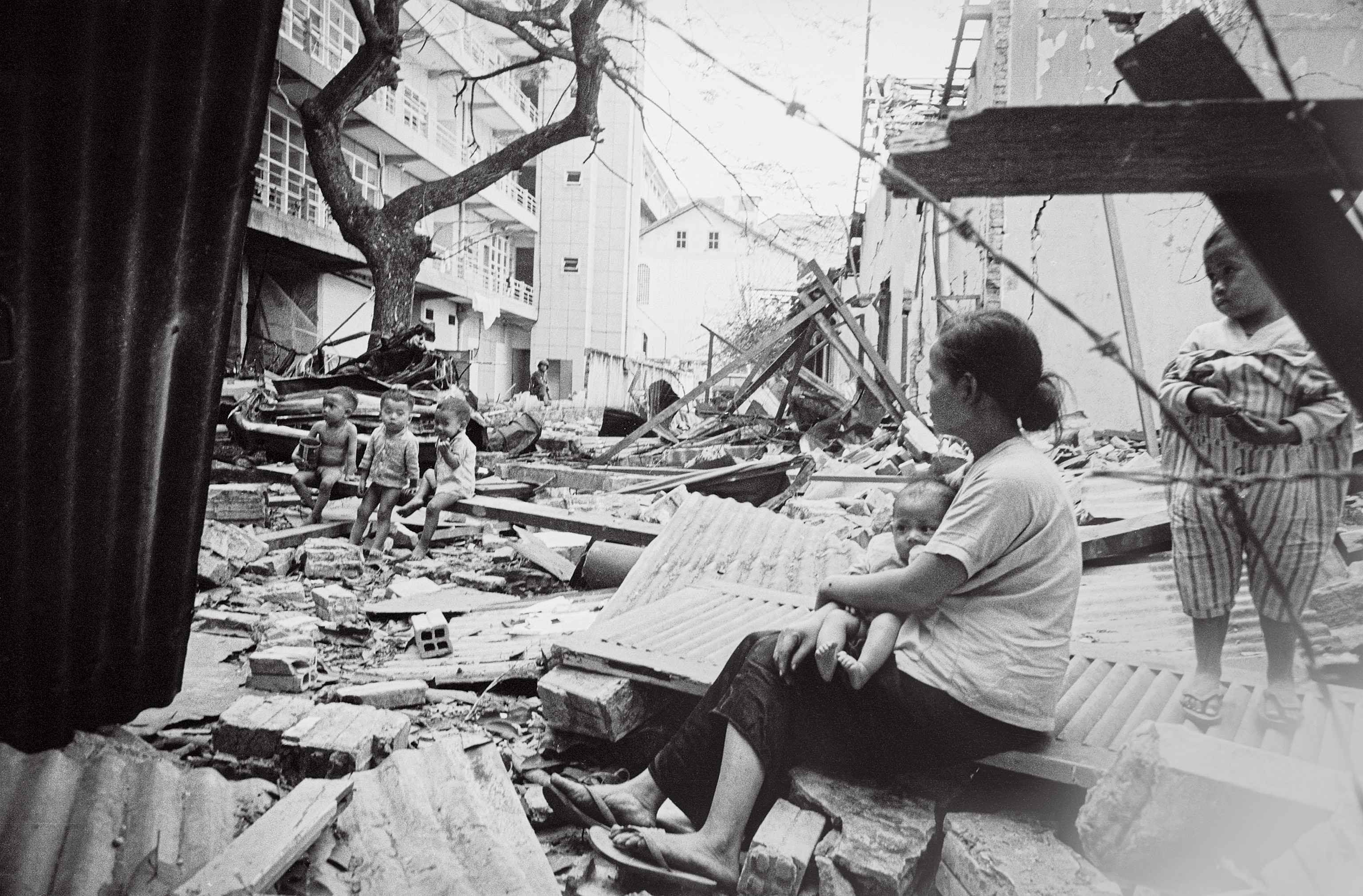
An endless war
It would take seven more years after the Tet Offensive to end the war. South Vietnam redoubled its efforts to compel its enemies to come to the bargaining table. In 1972, the U.S. mined Haiphong harbor, bringing North Vietnam’s trade to its knees by disrupting a critical shipping conduit. The controversial campaign, along with increased bombings, forced North Vietnam to negotiate. But a treaty couldn’t stop the conflict. Despite the Paris Peace Accords of 1973, which returned prisoners of war on both sides and facilitated a speedy exit for the U.S. and its allies, the war continued. From the Vietnamese perspective, there was still little common ground. The war wrought unprecedented and lasting devastation on the environment due to deforestation and chemical warfare that left marks on both the landscape and civilians. Only in 1975 did the Vietnam War come to a bloody end as North Vietnam finally subdued the south, establishing the Socialist Republic of Vietnam. The unpopular and seemingly unstoppable conflict was finally over. What had it cost?
Historians think all sides altered reports of casualties during the war to appear that they were winning, and estimates on the human cost still vary. As many as two million civilians were among the dead. Some 1.1 million communist fighters and as many as 250,000 South Vietnamese fighters were killed. More than 58,200 American troops died in the war. As the body count controversy continues, so does the war’s legacy: veterans and survivors with permanent injuries and trauma, generations riven by conflict over war involvement, a distrust of public officials, ongoing exposure to Agent Orange and other toxic chemicals, and a massive Vietnamese refugee crisis. Modern Vietnam remains a socialist state—a reminder of the tactical and moral catastrophe of the war that took so long to lose.


